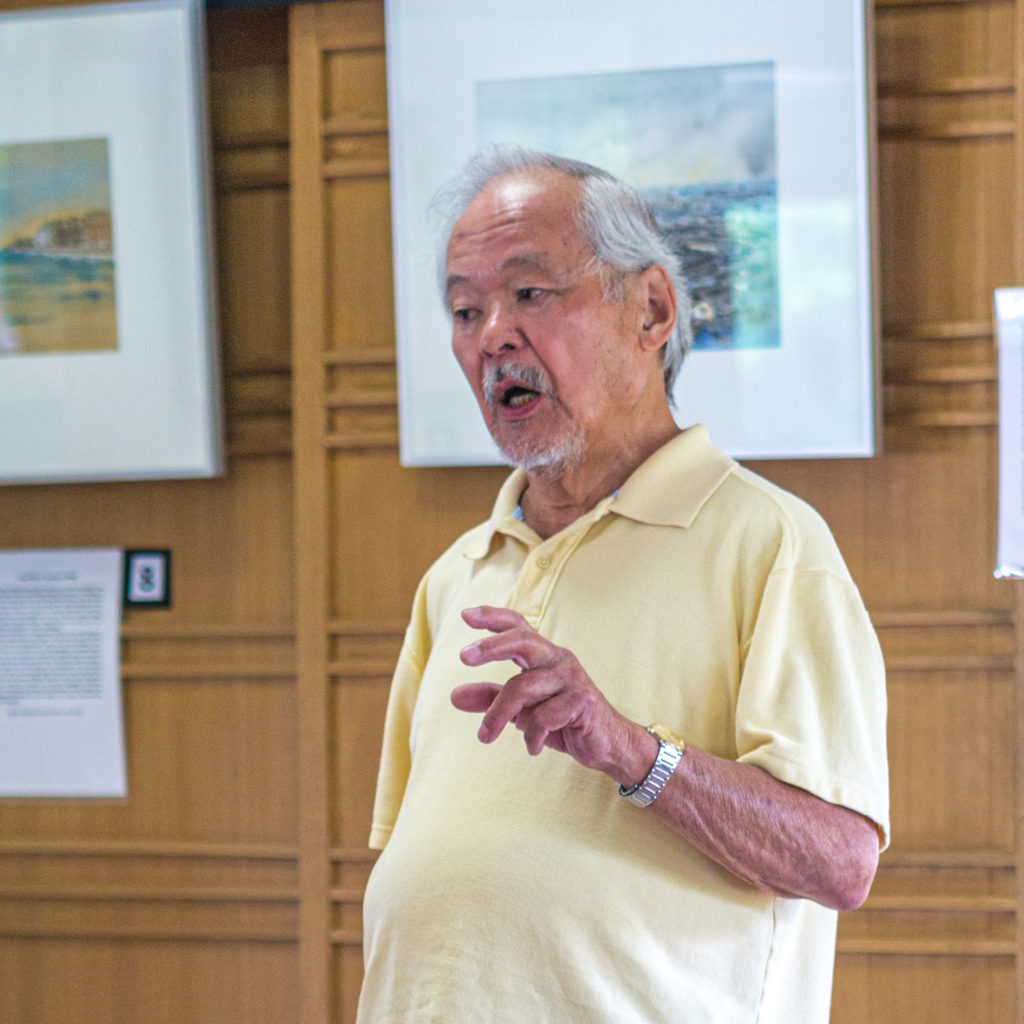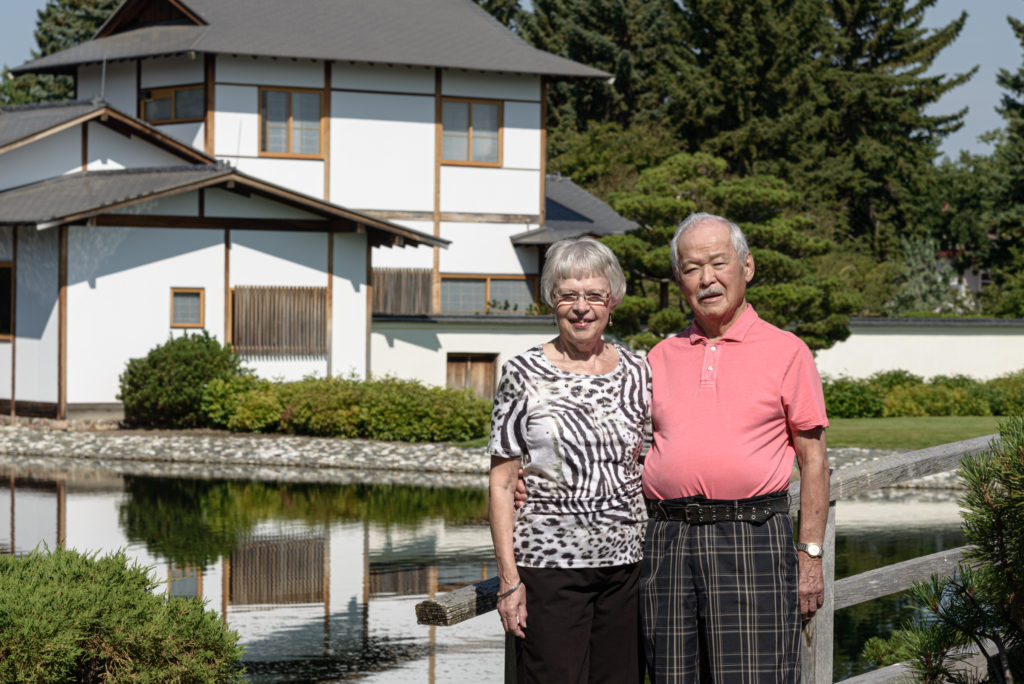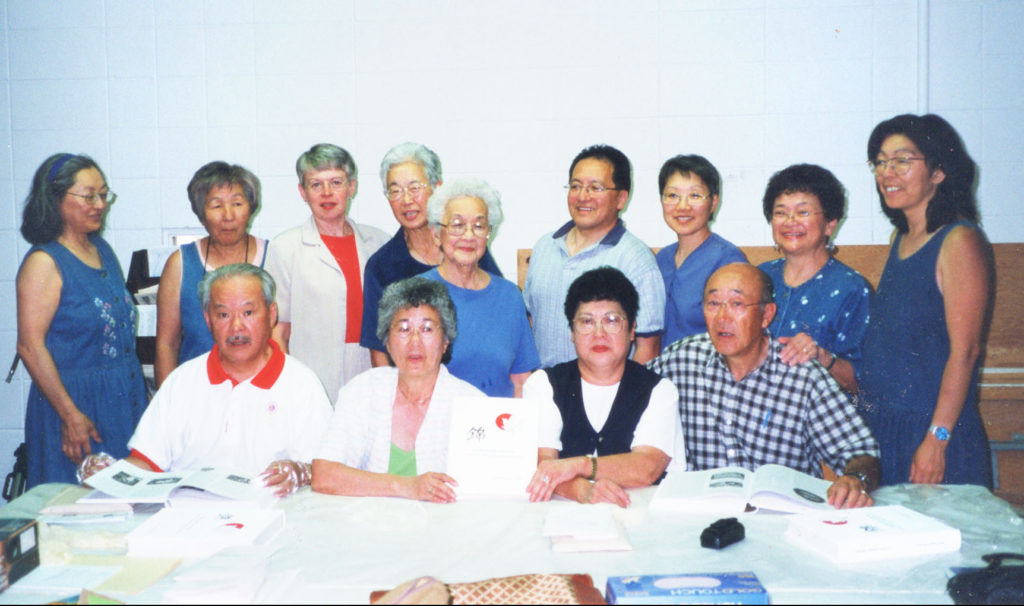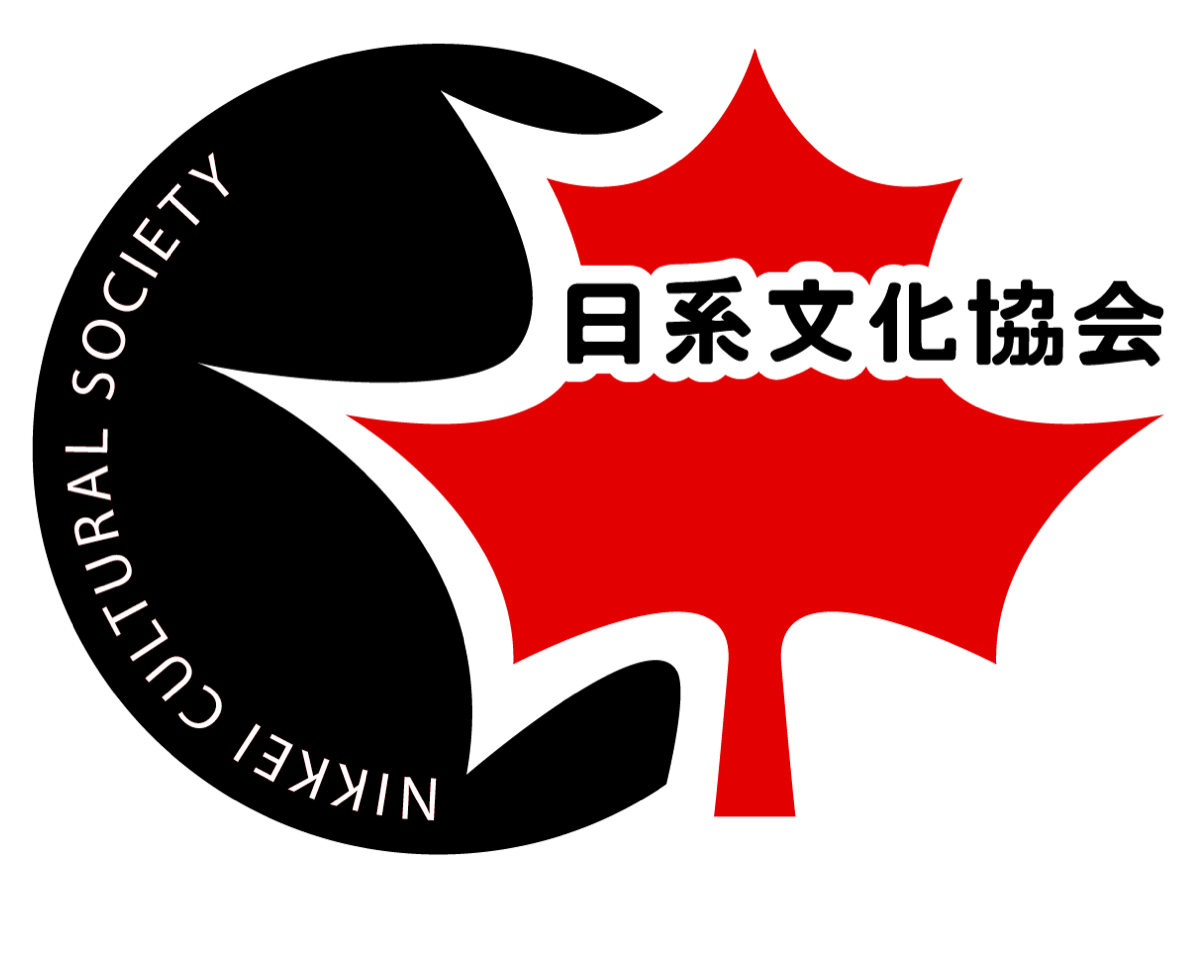George Takashima
George Takashima

Community Leader, Teacher, Man of Faith
George Masazo Takashima was born August 8, 1934, in Vancouver, British Columbia. Parents Kikuyo and Yoshichika Takashima came to Canada from Amakusa Island, Kumamoto Prefecture, Japan.
As a youngster, George spent four years in Toronto (1938-1941). The family returned to Vancouver in 1941. A year later, they were removed from Vancouver, being declared enemy aliens by the federal government, and interned at New Denver internment camp.
In 1946 the Takashima family headed to Ontario, settling in London where George completed high school. From the late 1940s to early 1950s George was also a member of the Royal Canadian Army No. 9 Corp (Army Cadets) in London, where he eventually rose to the rank of Major, second in command.
George initially thought of becoming a chartered accountant but had a change of heart and switched to Education. He earned a teaching certificate at London Teachers’ College, then taught in Sioux Lookout, Ontario for a year before moving to Winnipeg. There he enrolled at United College with the intention to major in History and Religious Studies. He went to night school and summer school while continuing to teach in the Winnipeg suburb of Transcona. By the mid-1950s he had earned his B.A. and B.Ed.
After teaching at Transcona for three years, George, in his words, “took a break from teaching,” and worked for the Manitoba Conference of the United Church of Canada, serving as Boys’ Work Secretary and Christian Education Specialist. George then returned to teaching at Transcona. In total he spent nearly 40 years in education, retiring from the profession in 1993. He took on the full gamut of roles in his profession, including teacher, guidance counsellor, principal and superintendent.
His teaching roles took him to a variety of communities in Ontario, Manitoba and Saskatchewan. As well as teaching, George worked as a member of the Clergy in various communities in Saskatchewan, Alberta and British Columbia. Over the years the intertwining of teaching, community service and faith became the hallmark of George’s life.
In 1963 George married Peggy Anne Fry in Winnipeg. They had three children and together dedicated their lives to community service. They were very active in Lions Club International, for example. George held several roles on the executive including president, and he and Peggy hosted students through the Lions Youth Exchange Programme.
When George retired from teaching in 1993, he and Peggy chose to move to Lethbridge. George started to work as the Pastor for the Japanese United Church in Lethbridge and Presbytery Consultant for the South Alberta Presbytery. He served as a member of the Clergy in Alberta and British Columbia until 2020.
George carried his dedication to community service forward in Lethbridge, becoming involved in the Lethbridge Twinning Society, the Southern Alberta Ethnic Association, Nikka Yuko Japanese Garden and the Nikkei Cultural Society of Lethbridge and Area. He also sat on the Endowment Fund and Human Rights committees of the National Association of Japanese Canadians.

A Founding Member of the Nikkei Cultural Society of Lethbridge and Area
In the late 1990s the Lethbridge and District Japanese Canadians Association was bogged down in a project that was 10 years in the making: a history book of Japanese Canadians in Southern Alberta. The future of LDJCA did not look bright and to get the book project back on track, a feasibility committee was set up in 1998 to determine whether a new association could finish the book project.
George Takashima was part of that feasibility committee and became a founding member of the new Nikkei Cultural Society of Lethbridge and Area. He served as president from 2001 to 2004 and was the chair of the history book committee.
The book was completed and in June of 2001, a book launch was held at the Theatre Gallery of Lethbridge Public Library, with George as Master of Ceremonies for the launch. Nishiki: Nikkei Tapestry – A History of Southern Alberta Japanese Canadians was an impressive work. The hardcover book was nearly 500 pages and thoroughly covered a full spectrum of the Japanese Canadian experience starting with the first immigrants arriving in 1900. There was also a large section of personal family histories submitted by Nikkei living in the area.
As well as being a founding member of NCS, George served on the Board of Directors for nearly two decades. He was involved in many committees including the Education Committee. One of the first actions of the Education Committee was to establish a scholarship programme for graduating high school students that were moving to post secondary studies. The scholarship programme exists to this day.
George represented NCS at a national level too. He served on the Endowment Fund and Human Rights committees of the National Association of Japanese Canadians.
In the Lethbridge area George once again put on his teacher’s cap and gave talks to local groups and schools on the forced removal Japanese Canadians on the west coast of British Columbia in 1942. This was of course a lived history for George, who was a youngster when his family was relocated to New Denver.
The subject of the Nikkei internment became the focus on one of the most ambitious projects George undertook for NCS. Beginning in 2010 and continuing for several years as an annual event, George organized the Ghost Town Bus Tour. This was a multi-day trip to communities in the West Kootenay region of BC where Japanese Canadian internment camps were located. George initially called it “ghost town” because many of the communities had become just that, with the physical remnants of the internment camps lost to time. George, who was also the tour guide made sure that the significance of these places was remembered.

Please Come for Ocha: Pat Sassa Remembers a Colleague and Friend
George Takashima was a person very involved with so many organizations – but always had time for ocha (Japanese tea).
We became acquainted when a feasibility committee was established to determine if there was need for a new organization to replace the Lethbridge and District Japanese Canadian Association. The rest is history as we formed the Nikkei Cultural Society of Lethbridge and Area in 1999. He was president for two terms and remained on the Board for two decades.
There was a history book to be completed first and foremost for the newly formed NCS. Pastor George volunteered to be on the Executive Board as did I. He was prompt for meetings; always contributed and willingly volunteered where required.
Pastor George and Mac Nishiyama were on the Pastor Care committee of the Chinook Regional Hospital so with our spouses the six of us chatted over tea and okashi (sweets) all afternoon covering topics of nonsense to politics. It even ran into dinner hour where we may have gone out or ordered in. Plenty of laughter with the odd dispute, yet still friends forever.
